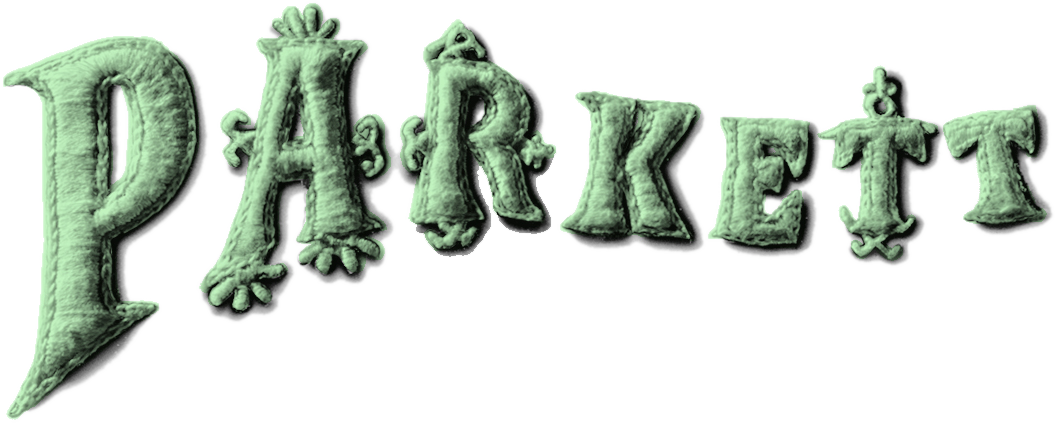Browse Selected Texts and more on the Collaboration Artists
View Artist Insert by Mickalene Thomas
Editorial
Colorful vengeance on the world of things seems imminent: Jimmie Durham, Helen Marten, Paulina Olowska, and Damián Ortega open a Pandora’s box of micro and macro psychological relations to the objects of the world around us—whether in everyday life or in art. Intense drama may be lurking in the unspectacular and, conversely, excitement may become the norm. Even the iron laws of nature are abrogated by the workings of the artistic imagination.
On the cover, we see a VW beetle on its back, its four wheels up in the air. The shades of animism in this scene become more specific in the pages of this issue, where the car is prepared for a proper earth burial. The borderline between creature and object is blurred in Damián Ortega’s film BEETLE, as it is in CENTOVENTI GIORNATE (ONE HUNDRED TWENTY DAYS), where mutant Coca-Cola bottles have congregated as if to engage in animated conversation.
The new forms of beauty, seen in this issue of Parkett, transcend the perfection and rigidity of industrial products, taking shape in disassembled and reassembled objects of daily life and nature, or their deceptively authentic imitations.
Perception is challenged, for instance, by Helen Marten’s olives—a trompe l’oeil in more ways than one. Her portrait of Mozart has also taken a prolonged journey from art to commodity and back again to art, in the course of which it has acquired new, iridescent meanings. Briony Fer underscores the importance of lamination in her work and especially the significance of food, which “is heavy with all the libidinal, psychic, and social anxieties and pleasures that attach to it.” Without elimination, absorption is not possible: waste—objects surrendered and abandoned—figures prominently among the many concerns Jimmie Durham addresses in his art. His bizarre reevaluation of garbage relocates it to the neighborhood of the spectral and the uncanny. Anselm Franke observes “that it is not only trash that looks back as material witness to the ‘order’ of society in Durham’s work, but, implicitly, the entire range of monsters that civilization has dreamed up.”
Once again we are indebted to artists for jolting perception by carving paths through uncharted territories. This also applies to vistas of the past, revealed by Paulina Olowska, an artist firmly rooted in the present. In the act of reinventing neon advertising from the socialist era, she unearths traces of a different social utopia behind the hackneyed codes of goods and propaganda. Her discerning eye for the (art) history of modernism enables us to overlook, at least momentarily, the currently all-pervasive vulgarity of glamour overkill. This volume also features an Insert by Mickalene Thomas, the spine has been designed by Francis Baudevin.
Table of Content
Dust in Your Eyes and Ink on Your Fingers: Daido Moriyama’s Early Photo Books by Mark Godfrey
Jimmie Durham
The Great Stoneface by Dirk Snauwaert
The Negation of Negation by Anselm Franke
Study It Lighty by Jessica L. Horton
Helen Marten
Pictorial Lamination by Briony Fer
Problem Cookies by Helen Marten & Jordan Wolfson & Uri Aran
Antonomous Realms by Rein Wolfs
Damián Ortega
The Shape of Things to Come by Juan Villoro
All That is Solid by Helen Molesworth
Cosmic and Contingent by Guy Brett
Paulina Olowska
Paulina Olowska: Reactivating Modernism by Claire Bishop
Storytelling – History in Motion by Marta Dziewanska
Design for Living by Catherine Wood
Mickalene Thomas, Insert
More Power by David Hockney & Hans Ulrich Obrist
New Life, Cumulus from Kochi, India by Adriano Pedrosa
Caught in a Conundrum, Cumulus from Berlin by Ana Teixeira Pinto






